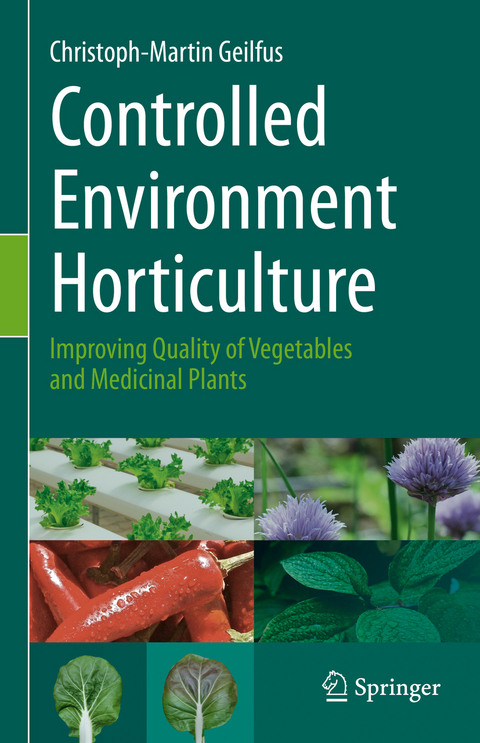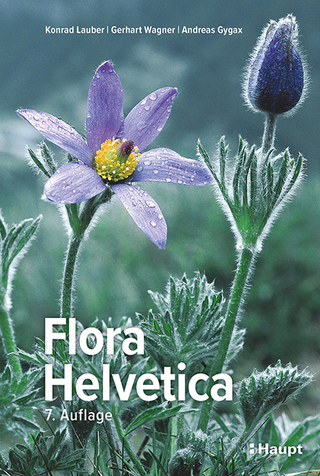
Controlled Environment Horticulture
Springer International Publishing (Verlag)
978-3-030-23196-5 (ISBN)
An understanding of crop physiology and ecophysiology enables the horticulturist to manipulate a plant's metabolism towards the production of compounds that are beneficial for human health when that plant is part of the diet or the source of phytopharmaceutical compounds.
The first part of the book introduces the concept of Controlled Environment Horticulture as a horticultural production technique used to maximize yields via the optimization of access to growing factors. The second part describes the use of this production technique in order to induce stress responses in the plant via the modulation of these growing factors and, importantly, the way that this manipulation induces defence reactions in the plant resulting in the production of compounds beneficial for human health. The third part provides guidance for the implementation of this knowledge in horticultural production.
Christoph-Martin Geilfus, horticulturist and agronomist, born in 1983, studied Agriculture and Agrobiotechnology in Giessen, Germany. He received a doctorate and habilitated in Plant Nutrition in Kiel, Germany. After working as a visiting professor in Leuven, Belgium, he was appointed as Professor for Controlled Environment Horticulture at Berlin, Germany. His research interests include horticulture, the mineral nutrition of crops, apoplastic stress signalling and guard cell biology.
Preface.- Part 1. Introduction.- Chapter 1. Introduction.- Chapter 2. Protected Cropping in Horticulture.- Chapter 3. Plant Secondary Compounds.- Chapter 4. Hydroponic Systems in Horticulture.- Part 2. Controllable Production Factors in Horticulture.- Chapter 5. Light.- Chapter 6. Nutrient deficiencies.- Chapter 7. Salt stress.- Chapter 8. Drought Stress.- Chapter 9. Thermal Stress.- Chapter 10. Wounding.- Chapter 11. Mycorrhiza.- Chapter 12. Microbial and Plant-Based Biostimulants.- Chapter 13. Mineral Biofortification.- Chapter 14. CO2 Enrichment.- Chapter 15. Hormones.- Chapter 16. Intercropping.- Part 3. Exercise.- Chapter 17. Acrylamide Concentrations of Deep-fried Potatoes.- Chapter 18. Enrichment of Anthocyanin in Pak Choi.- Chapter 19. Improving Flavor of Tomatoes.- Chapter 20. Biofortification of Carrots.- Chapter 21. Enrichment of Flavonoids in Lettuce.- Chapter 22. Effect of Germination Substrates on Tomato Plants.- Index.
| Erscheinungsdatum | 04.09.2019 |
|---|---|
| Zusatzinfo | XV, 233 p. 41 illus., 36 illus. in color. |
| Verlagsort | Cham |
| Sprache | englisch |
| Maße | 155 x 235 mm |
| Gewicht | 641 g |
| Themenwelt | Naturwissenschaften ► Biologie ► Botanik |
| Schlagworte | Biotic and abiotic environmental factors • plant-based diet • Plant Secondary Metabolites • Protected cropping • sustainable development |
| ISBN-10 | 3-030-23196-8 / 3030231968 |
| ISBN-13 | 978-3-030-23196-5 / 9783030231965 |
| Zustand | Neuware |
| Haben Sie eine Frage zum Produkt? |
aus dem Bereich


